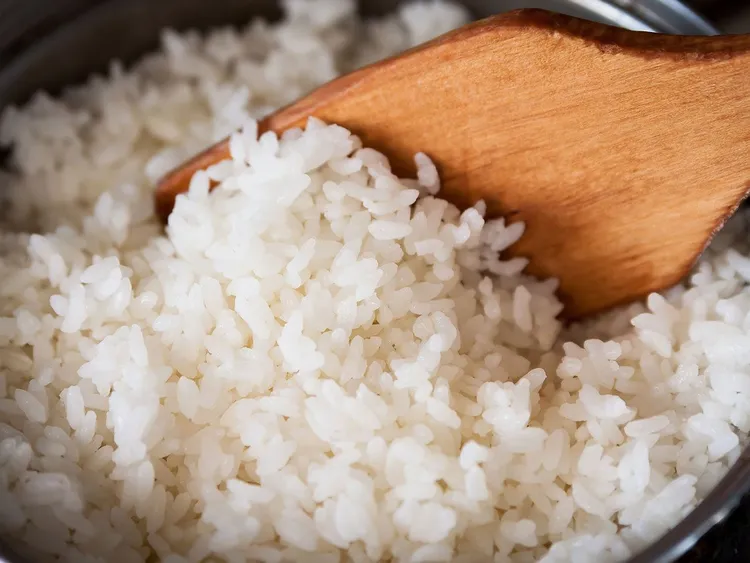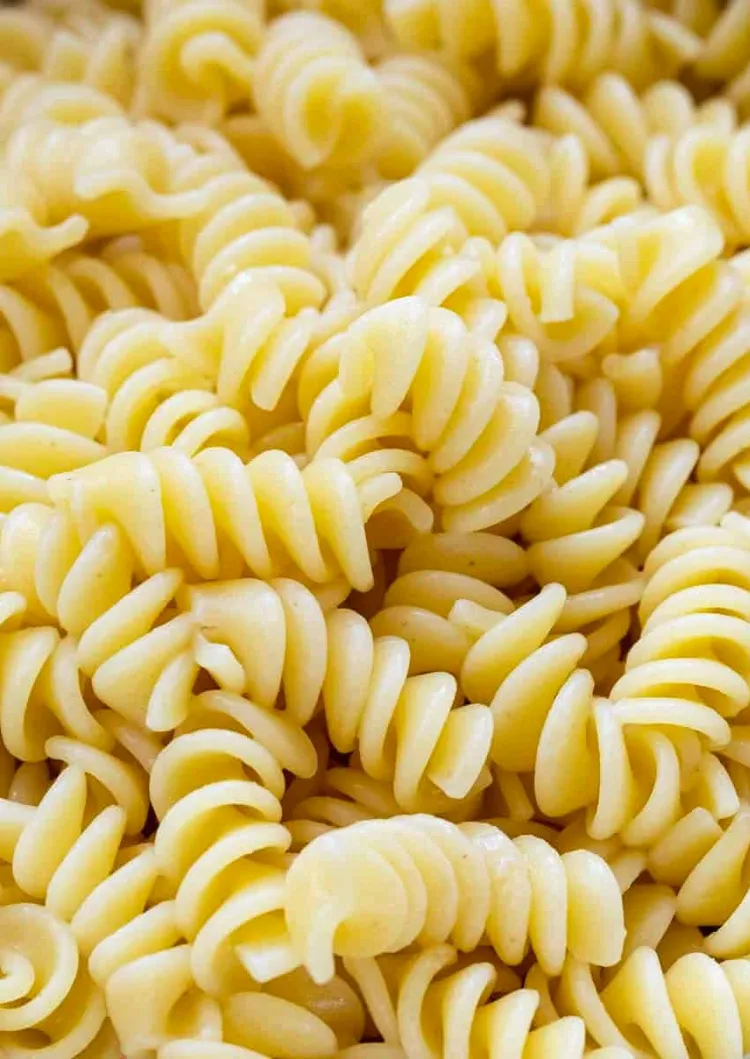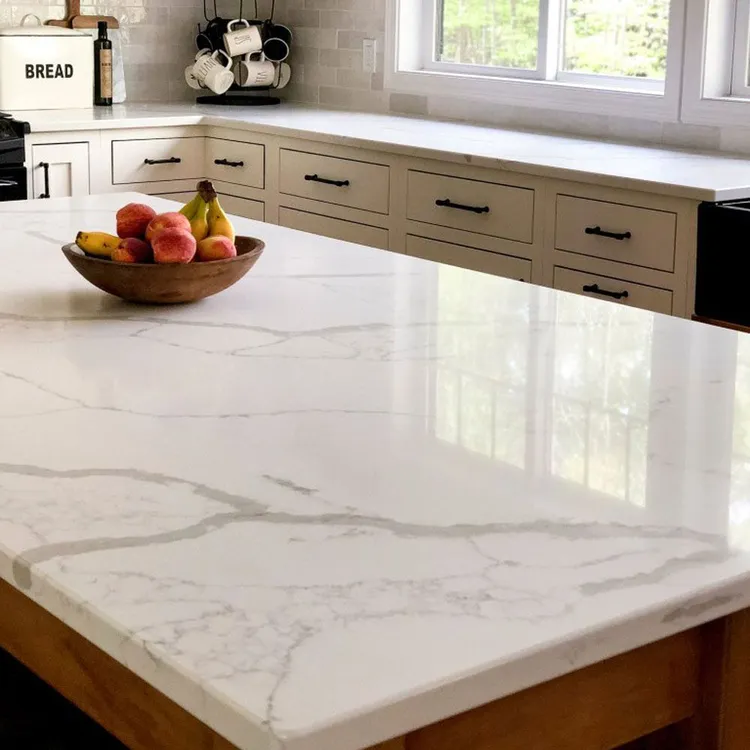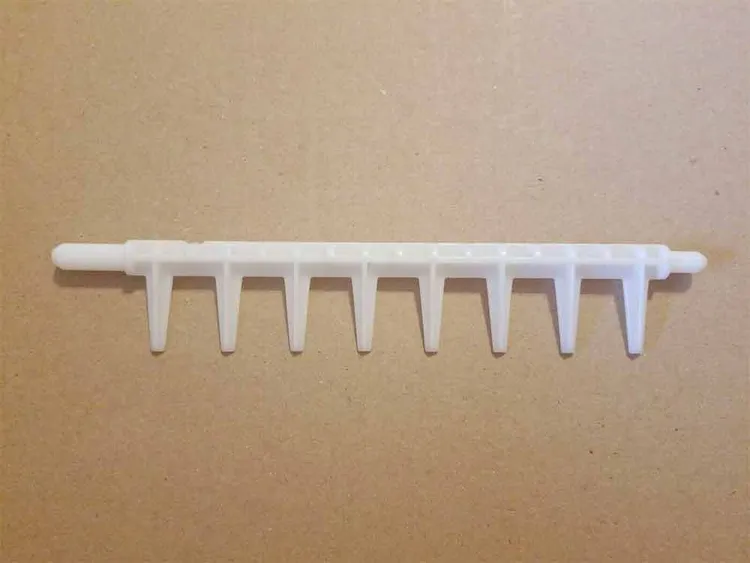Our recommendations are made independently through Research & Testing. We may receive commissions from purchases made via our links.
How to Reheat Prime Rib
A few cuts of prime rib is an excellent dish to have for dinner. But in case you have some slices leftover, here is how to reheat prime rib at home.
If you have a cut of rib leftover from the night before, don’t just throw it into the trash just because you’re unsure of how to reheat prime rib in your kitchen. Not only would it be a total waste, reheating ribs is actually very easy and can be done in just a couple of minutes.
When done correctly and with the right techniques, you can restore the rib back to its literal prime: juicy, flavorful, tender and all. Here are all the steps you can take to do it from right within the comfort of your kitchen.

Best Way to Reheat Prime Rib
It is important to understand that once the rib is reheated — no matter how well the reheating is executed — it will lose a little bit of its original luster and coloring. This is completely natural. Because we cannot get back the original coloring and texture, aim to get as close a quality to it as possible with your rib and you won’t be disappointed.
With that in mind, the best method to reheat prime rib is with a steamer. Using a steamer is quick, doesn’t dry out the meat as much (thus retaining its juiciness), and is fairly easy to do.
Alternatively, you can either choose an oven or a microwave to reheat the rib in. There are certain caveats, of course. Both will dry out the meat pretty significantly, so do expect your rib to be a little bit less succulent. However, as you will soon find out, there are many tricks you can employ to keep the meat nicely moisturized while it’s being zapped by the microwave or baked by the oven.
1. How to Reheat Prime Rib Roast
Using A Steamer
The trick to revitalizing a leftover cut of roasted prime rib is low-and-slow cooking. You are going to want the heat to be as low and gentle as possible. The cooking speed should be at a slow and steady pace, too. As a result, the light heat and slow speed of a steamer are perfect for reheating a prime rib.
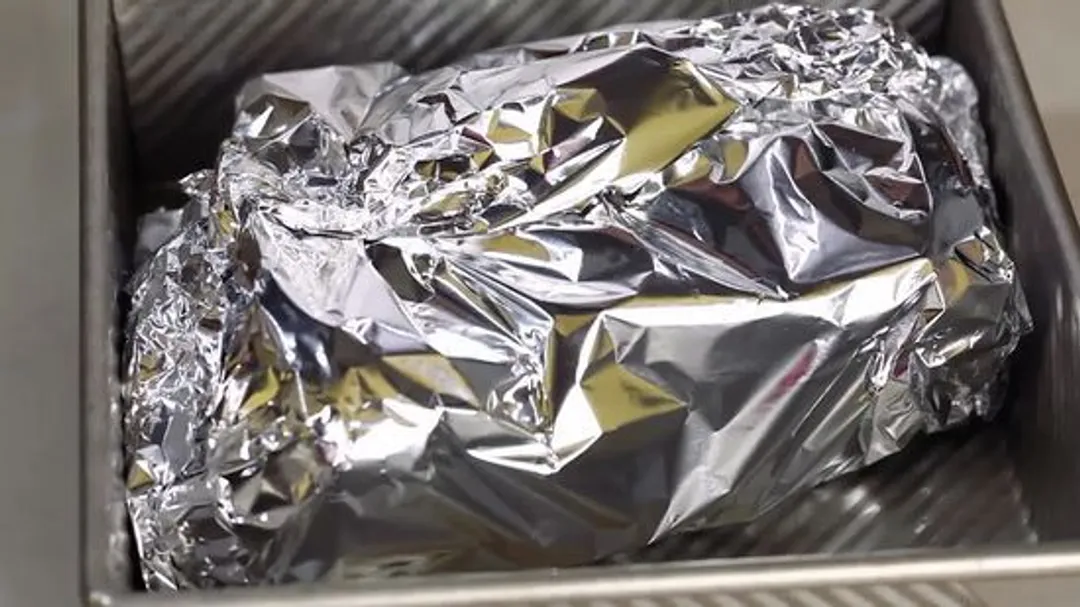
First order of business is to take the rib out of the fridge and allow it to come down to room temperature. If the rib was frozen, this step could take up to 30 minutes.
Pick up a steamer basket and place it inside of a large pot. Add in a few tbsps of water and put on low heat until the water begins to simmer (avoid boiling.)
If you have a foil pouch, put the rib inside and seal it up. But if you don’t, you can take aluminum foil and wrap it up as tightly as possible into a package.
Place the bundle into the steamer basket and close the pot’s lid. Let the rib cook inside for about three to five minutes. How long the cooking process is will depend on how thick and how large your prime rib is.
Unwrap the aluminum and check the temperature of the meat after five minutes to see if it has been adequately warmed. If it is, bring it out and consume immediately. You shouldn’t let it rest further since the meat would continue to cook from the residual heat if you do.
On the other hand, if the meat hasn’t reached the correct temperature (around 145°F), you can let the rib steam inside the pot for a few more minutes.
As an extra: steaming like this is also how you can reheat several kinds of seafood, including crab legs.
Using An Oven
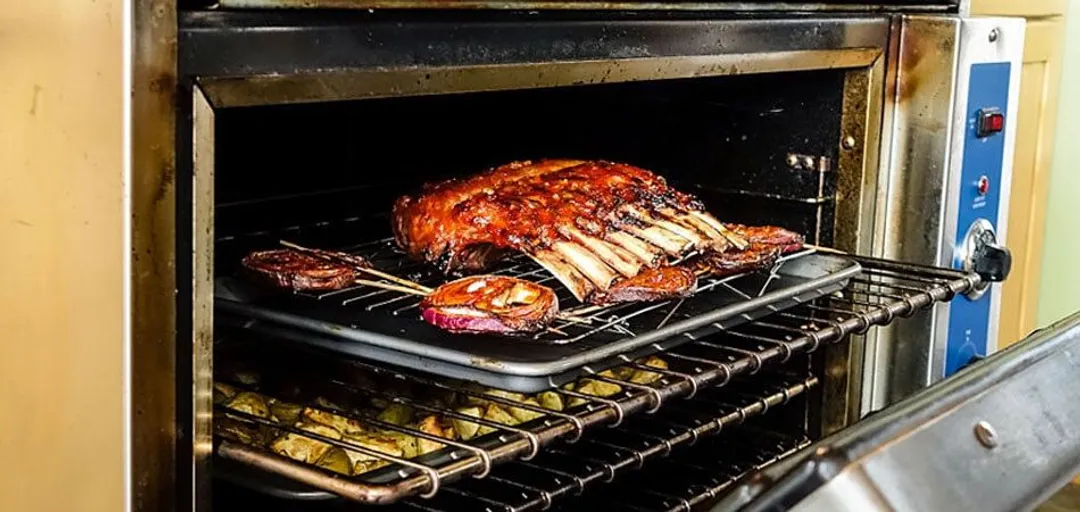
Reheating with an oven has certain benefits. One is that the heat can be set low enough that the oven can both rewarm it, but also keep some of the rib’s original flavor profile and coloring (with a couple of tricks, of course).
It’s because of this reason that the oven is used extensively in food reheating. Besides prime rib, you can make use of the oven to reheat rotisserie chicken and chicken wings in basically the same manner. The oven can even be used to reheat fried chicken!
First, preheat your oven to about 250°F – 300°F.
Lay your rib out on a baking pan. To keep the meat moisturized, add about a quarter cup of low-sodium beef stock to the pan as well. If you still have some of the broth that was cooked out of the meat the day before, use a quarter cup of that instead.
Cover up the baking pan with aluminum foil and put it into the oven. Cook for 20 to 30 minutes.
When the meat has reached the correct temperature, bring it out of the oven and serve immediately. Again, don’t let it rest or the rib will cook further.
If you’re scouting for more ways to make use of your oven, you’ll be glad to know that you can reheat mashed potatoes with it. As a matter of fact, you can reheat just about anything with the oven. Most food tends to emerge from out of the oven perfectly cooked.
2. How to Reheat Prime Rib Slices
You can reheat prime rib slices using both of the aforementioned methods. There shouldn’t be a lot of changes to the original formulae besides reduced cooking times since slices are thinner and cook quicker.
If you plan on cooking your prime rib using a microwave, cutting it into slices is the only way for you to do it. As always, we don’t recommend reheating with a microwave if you can help it. Any meat that got zapped by a microwave can get all of their moisture vaporized by the harsh heat. Thus, microwaved ribs can become very dry and chewy if you’re not careful.
Put your slices either in a microwave-safe bowl or plate. Then, to ensure that there would still be some moisture left after the microwave did its job, add in a few tbsps of broth or beef stock.
Cover everything up using microwave-safe saran wrap and zap it on high heat. The rib slices should reach a decent temperature in one or two minutes.
Do not let it rest; eat up immediately to keep it from cooking further.
The same principle can be leveraged to reheat other kinds of heat-sensitive food. For example, the way to reheat salmon in the microwave is quite similar to this.
3. Reheat Without Overcooking It
Preventing your prime rib from overheating isn’t as difficult as it may sound. All you need to do, really, is to take note of the rib’s size and thickness. These two aspects directly impact how long the meat should be heated for.
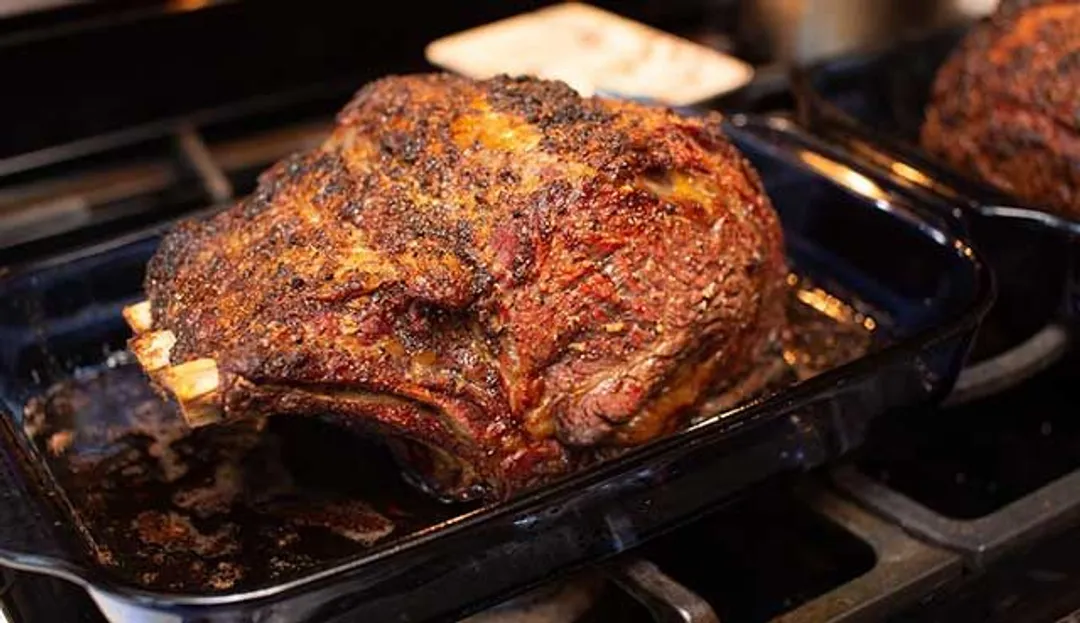
As an example, if you have a 1-inch thick cut of prime rib, you can generally get away with the meat still being rosy and succulent after leaving it in the oven for 20 or 30 minutes. However, if you leave thin slices inside of the oven for 20 minutes, they would surely overheat and dry out.
If you already cut your prime rib into slices, only cook for a few minutes at a time (4 or 5 minutes.) After that, check the slices’ temperature and doneness to see if they are fit for serving. You can always put them back into the steamer, oven, or microwave for a few more minutes if they haven’t suited your taste yet.
Conclusion
Considering how fancy a rib dinner is, knowing how to reheat prime rib is an essential skill to have if you want to cut down as much as possible the amount of food waste in your home. We hope this guide has served you (and your next dinner) well.
But you won’t ever end up with just prime rib leftovers alone. For more information on how to reheat other dishes, you can check out a few of our guides below:
- How to Reheat Steak: steak — just like prime rib — is not a food that you should waste unless you absolutely have to. A good cut can cost a lot of money and to prepare it takes time and effort. Lucky for all steak-lovers, reheating steak is relatively simple and safe. This guide can show you how.
- The Best Ways to Reheat Leftover Rice: have you ever tried taking rice together with prime rib? If you haven’t, now is as good a time as any to try it out. Dig that container of leftover rice out of your fridge and reheat it using one of these methods. You won’t regret it!
- How to Reheat Fries in an Air Fryer: fries are a good accompaniment to just about any kind of meat. Its savory taste and crunchy, indulging texture can improve the quality of your prime rib meal significantly. If you have leftover fries, it’s possible to reheat them (though with a couple caveats).
- How to Reheat Corn on the Cob: just like prime rib, corn on the cob makes regular appearances in weekend family BBQs. So, chances are that if you have leftover prime rib, you will also have leftover corn on the cob. Corn on the cob can be reheated — all you need is the know-hows, which this guide can give you.
- How to Reheat Lasagna: good lasagna is the definition of gastronomic divinity. The layered pasta and rich and salty parmesan combined with a well-prepared mixture of meat and sauce have converted many people into pasta addicts. That’s why it would be such a waste to just discard leftover lasagna. Keep it in the fridge, then bring it out, reheat, and you can enjoy it as if fresh.
Authors
Luna Regina is an accomplished writer and author who dedicates her career to empowering home cooks and making cooking effortless for everyone. She is the founder of HealthyKitchen101.com and HealthyRecipes101.com, where she works with her team to develop easy, nutritious recipes and help aspiring cooks choose the right kitchen appliances.

